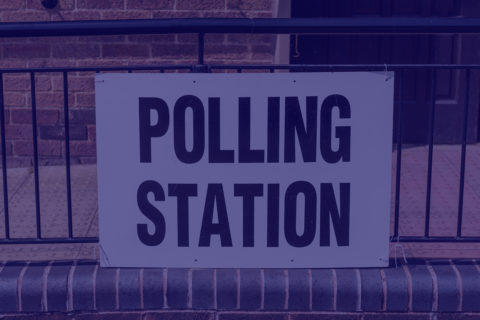When the news broke in 2018 that Facebook had been overestimating the number of viewers of their content, average viewership metrics were in some cases inflated by some 150 to 900%. Facebook has now settled with the advertisers and agreed to pay $40million in compensation. This clearly shows that with advertising fuelling the business model of the internet, access to unbiased and reliable numbers of the audience viewing content is crucial for the internet to continue to function.
In order to measure the audience visiting online content, audience measurement providers place cookies on the device of the user. It is an important research activity which is used to understand how the internet is being used. Audience measurement is about counting users and providing reliable data to website owners so that they can improve their websites and visitors’ browsing experience.
Audience measurement informs website owners how their websites are working for different users, what audience they are attracting to their sites, and what content users are finding interesting to read or watch. This activity also enables website owners or advertisers to understand the audience for their advertising campaigns, which helps to pay for online services. Because accuracy is critical, audience measurement needs to count everyone visiting the sites that are being researched through the use of cookies.
The cookie law
Everyone who has ever visited a website will be familiar with cookie banners. They result from the so called ePrivacy Directive, better known as the cookie law. It was one of Europe’s first attempts to bring privacy principles into the digital age.
While ePrivacy regulates more than just cookies, it is this part that is most visible and also has the biggest impact on our sector. In its current form it requires that users are at least informed about any cookie that is placed on their device, although some countries have chosen to implement a stronger interpretation where consent has to be given before cookies are placed, leading to a patchwork of different consent models throughout Europe.
After evaluating the law, the European Commission decided in 2016 that the ePrivacy Directive should be updated and harmonised, so that it is no longer interpreted in different ways in the various EU member states. The Commission also wanted to ensure that the new ePrivacy legislation was consistent with EU General Data Protection Regulation that had just been adopted.
Among several things the new proposal introduced was an exemption for cookies that are being used for online audience measurement. That would mean that consent is not required for cookies that are used to measure website traffic. Because the law is still being negotiated the exact scope is yet to be seen.
An exemption for audience measurement?
The original proposal from the Commission limited the exemption to only web audience measurement, and to cookies that are placed by the website owner, so independent third parties would not be covered by the exemption rendering it somewhat useless. The Parliament has meanwhile adapted its position and now also includes third party providers in the scope, but still limits the exemption only to web measurements thus excluding other protocols on the internet.
The European Council, where the EU Member States are represented, is still working on its position. From the latest drafts it seems that their view on audience measurement is similar to Parliament’s, thus creating a realistic possibility that cookies used for online audience measurement are excluded from the consent requirement.
With the European elections this spring and the delay of the new Commission taking office the progress of this dossier has been delayed. Nevertheless, as shown during our recent delegation visit in Brussels, ePrivacy remains high on the agenda, and a highly polarised debate as well. ESOMAR will continue to monitor the developments and defend the interest of the data, research and insights sector. Keep an eye on this space to ensure you are informed about the latest developments.


